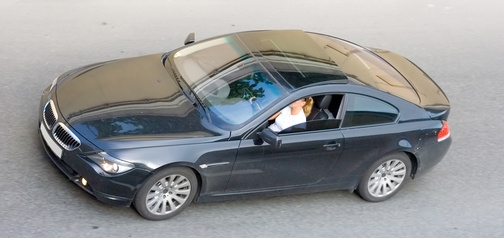
A MAP sensor is a load sensor that communicates to the car's computer system how much air is entering its engine. It compares the reading inside the engine to an absolute pressure calibration in the computer system. Other load sensors are vacuum sensors and mass airflow sensors. These load sensors have a bearing on the car's ignition timing and air-fuel ratios. The MAP sensor determines fuel delivery to the car engine.
A MAP sensor fills in for a power valve in a carburetor and the vacuum advance diaphragm on the car's distributor. When the engine load gets high, fuel injectors stay on longer. In this case, the MAP sensor ignores a signal from the oxygen sensor. By disconnecting the vacuum supply to the MAP sensor, it is possible for the engine to die from too high a load. The computer's timing is also retarded under these conditions.
Factors such as loss of power, and roughness when the car is idling, reflect a problem with the drivability of a car. Problems with a car's MAP sensor, its circuit or its vacuum connection manifest themselves in these sorts of drivability issues. This comes about as the computer reads the problem as a "high load" situation. To compensate, the computer makes the fuel injection pulse width longer and slows the timing of the ignition.
A normal MAP sensor produces a voltage reading that drops at higher levels of vacuum. A digital voltmeter connected to the sensor, while at the same time applying vacuum to the sensor, helps test the MAP sensor. When there is no vacuum, and you use a 5-volt reference signal, the MAP sensor will also read close to 5 volts. When you apply vacuum, the MAP sensor reading will drop until it gets to 1 volt at about 20 inches of vacuum.
Some car systems combine a barometric pressure sensor, or BARO sensor, with a MAP sensor. These sensors help gauge changes in the weather or altitude. The computer reads the altitude and makes necessary changes. For instance, conditions of lower air call for lower fuel supply, and the sensor makes the necessary adjustments. If the BARO sensor is not working right, it could cause performance problems in high altitudes if the computer does not regulate the fuel-to-air ratio right.